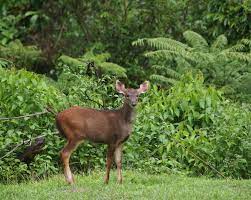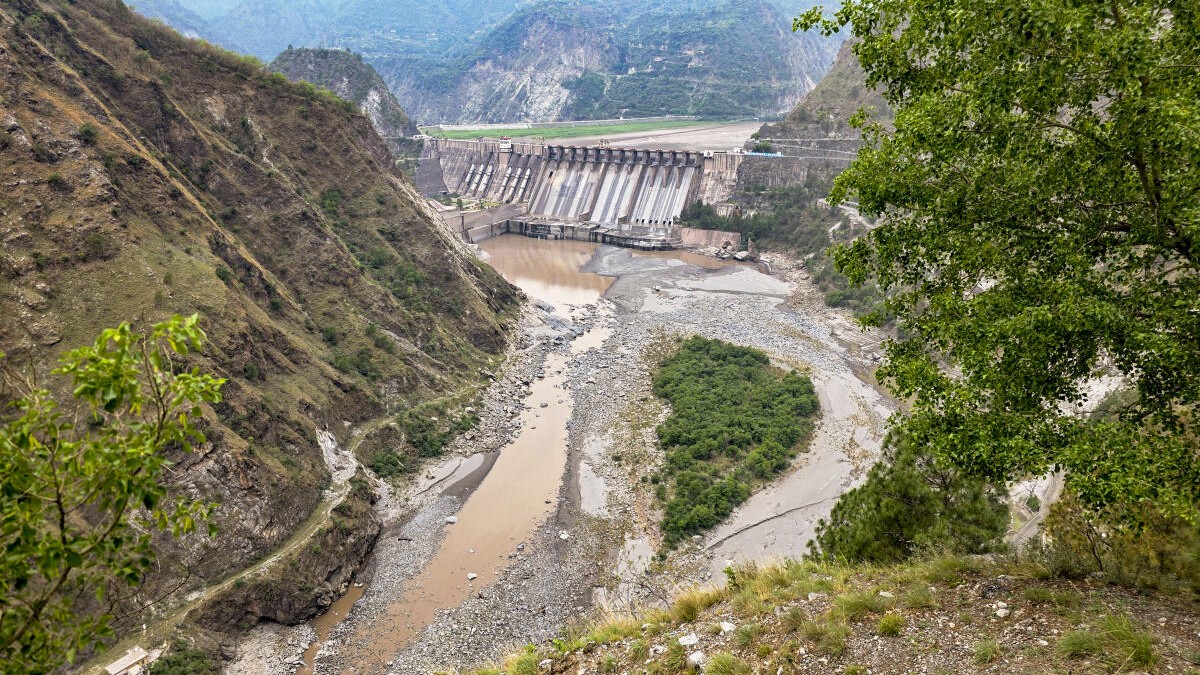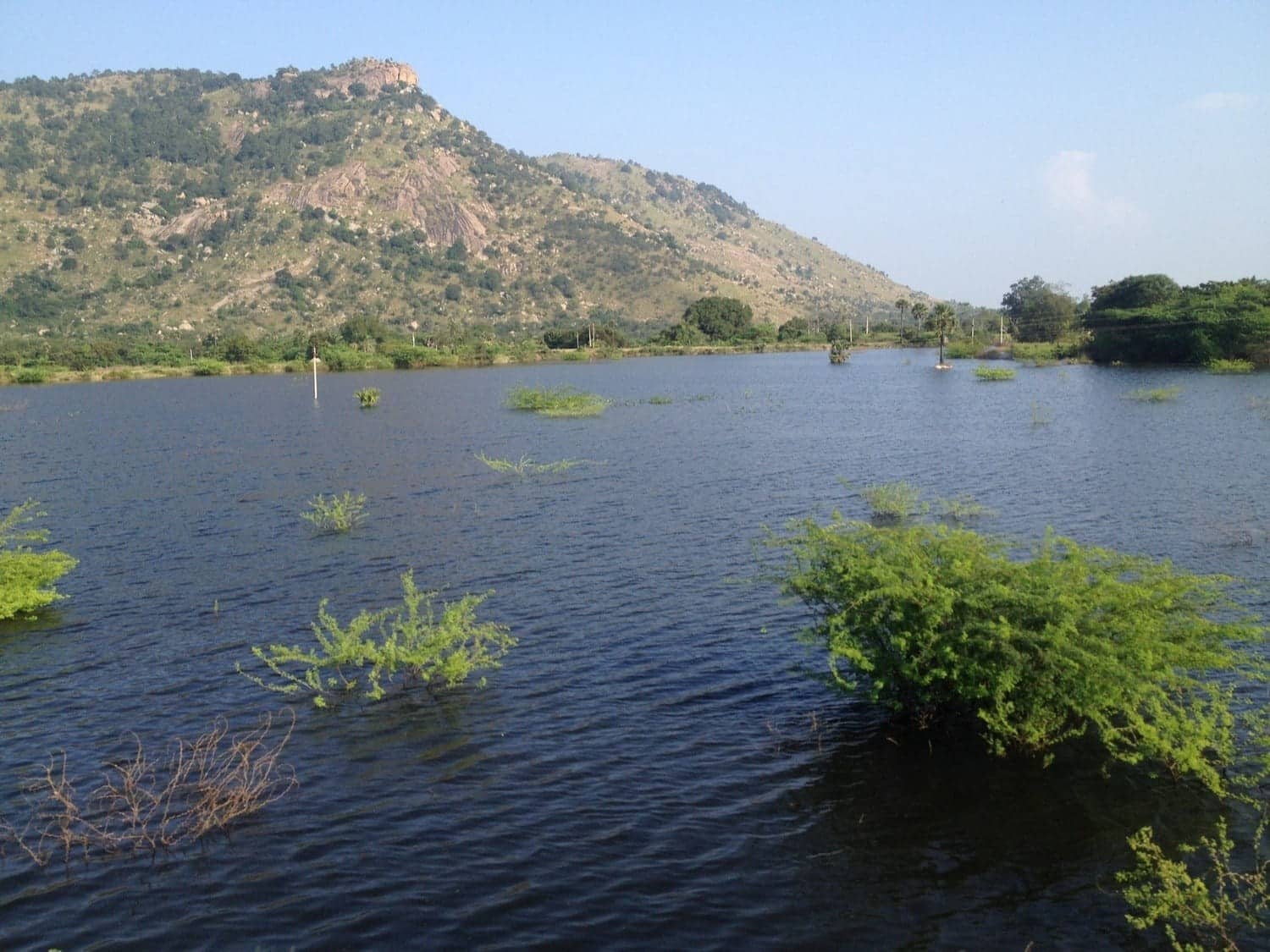About Sambar Deer:
- It is a large deer native to the Indian subcontinent and Southeast Asia.
- Scientific Name: Rusa unicolor
- In Nepal it is referred to as the Jarao and in China as the Four-eyed deer.
- Habitat: Sambar Deer are water-dependent, so they are never found far from water, but otherwise can be found in a broad range of forest habitats: dry deciduous forest, rainforest and mixed forests.
- The sambar lives in forests, alone or in small groups.
- Features:
- A large, relatively long-tailed deer, it stands 1.2–1.4 m (47–55 inches) at the shoulder.
- It is the largest oriental deer, with some adult males reaching 550 kg in weight.
- The coat forms a ruff around its neck and is an unspotted, dark brown in colour.
- The male sambar bears long, rugged antlers with three points, or tines.
- They are quite elusive and are most active at dusk and at night.
- IUCN Red List: Vulnerable
Q1: What is dry deciduous forest ?
A dry deciduous forest is a type of forest ecosystem characterized by specific environmental conditions and a particular composition of plant and animal species. These forests are found in regions with distinct dry and wet seasons, where the trees shed their leaves during the dry season to conserve water. These are typically found in areas with a tropical or subtropical climate.
Source: Three poachers arrested for killing sambar deer in Arunachal Pradesh
Last updated on December, 2025
→ Check out the latest UPSC Syllabus 2026 here.
→ Join Vajiram & Ravi’s Interview Guidance Programme for expert help to crack your final UPSC stage.
→ UPSC Mains Result 2025 is now out.
→ UPSC Notification 2026 is scheduled to be released on January 14, 2026.
→ UPSC Calendar 2026 is released on 15th May, 2025.
→ UPSC Prelims 2026 will be conducted on 24th May, 2026 & UPSC Mains 2026 will be conducted on 21st August 2026.
→ The UPSC Selection Process is of 3 stages-Prelims, Mains and Interview.
→ UPSC Result 2024 is released with latest UPSC Marksheet 2024. Check Now!
→ UPSC Toppers List 2024 is released now. Shakti Dubey is UPSC AIR 1 2024 Topper.
→ Also check Best IAS Coaching in Delhi

















